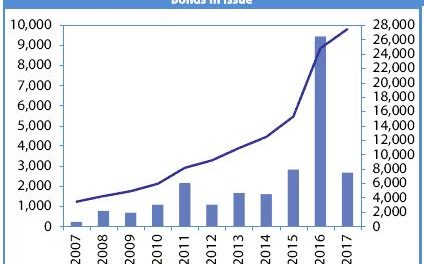
The hysterical anti-seal lobby is at it again
It is time that our officials in the Ministry of Environment and Tourism sit down, and with the help of its own experts in nature conservation, devise and implement a sound public relations strategy to counter the hysterical outburst of the anti-seal lobby.
The self-styled seal saviours, the Seals of Nam, have started a new round of agitation amongst well-meaning, but ill-informed followers worldwide. These actions have the potential to damage our international reputation as a leading conservation country, measured against any and all criteria for nature conservation and responsible utilisation of natural resources.
Speaking to visitors who saw the vast, expansive seal colony at Cape Cross for the first time in their lives, I learned from them that the main source of the anti-seal hysterics, Francois Hugo, enjoys a big public profile in South Africa giving him the status of a minor celebrity in conservation. Up to their first visit to Cape Cross, these people have unquestioningly believed all the drivel put forth by the Seals of Nam, that is until they experienced the Cape Cross colony first hand.
At the danger of being repetitive, I have to encapsulate conditions at Cape Cross again. This is possibly one of the biggest seal colonies in the world. At this very moment, there are an estimated eight hundred thousand individuals of which roughly one third, or slightly more, are infants. The colony has grown to such an extent over the past fifteen years that it now extends along the southern shoreline for many kilometres. In fact, when one stands at the visitors walkway along the older, established part of the colony, it is difficult to clearly see where it ends. Visually, it just carries on and on.
The seal experts in the Ministry of Fisheries and Marine Resource estimate that at its peak, usually during February every year, the Cape Cross colony may contain over one million animals. This is indeed an extraordinary phenomenon, and I advise any person with an interest in marine conservation to visit this colony in person. It is only once one has experienced the reality of the vastness of this colony, and the brutality of existence in it, that one can form a rational opinion whether we must be allowed to harvest some of these animals.
Now the Seals of Nam and all its misguided followers, want us to believe that life in a seal colony is a bed of roses for the animals. Not so. In fact, life in the seal colony is brutal and of the half a million pups that are born at Cape Cross between November and February, not half will make it to six months while over the ensuing semester, another estimated half of the first survivors, would perish at sea. We are talking of mortalities easily reaching and exceeding 300,000 to 400,000 every year.
Of this vast number of seal pups, Namibia has a utilisation policy that sets a target of culling 80,000 pups per year for commercial use. This policy is executed responsibly and the activities of the harvesting companies are monitored by officials of the Ministry of Fisheries and Marine Resources. The quota, also, is not sucked out of somebody’s thumb, it is set only after surveying the large colonies, and it is done with the effect of natural mortality in mind. Nobody can accuse us of going in there blind with greed, passionately set on exterminating our seal population. It is simply not true.
The tricky part is how to communicate a sensible, informed point of view to the rest of the world. It is so easy to discredit the seal culling operation for two reasons: 1.) Sentiment against seal culling worldwide is strong given the fact that many other nations have driven their seal population to the brink of extinction through uncontrolled hunting and culling; and 2.) In order to harvest a seal pup, you have to kill it, same as you have to kill the ox that gives you your T-bone steak. And the clubbing of seal pups, can become a gruesome affair, at least for the sensibilities of civilised communities in the developed world.
When we implement a counter-strategy to try and sway at least some rational people to support our seal culling, changing or improving the culling method will also have to be on the agenda. It will be so much easier to defend our utilisation of this natural resource, when it does not leave itself open to manipulation of public opinion for the purpose of propaganda.
A clinical method of harvesting that conforms to guidelines of humaneness when putting animals to death, will go a long way to improve the public perception of Namibian seal culling.









































